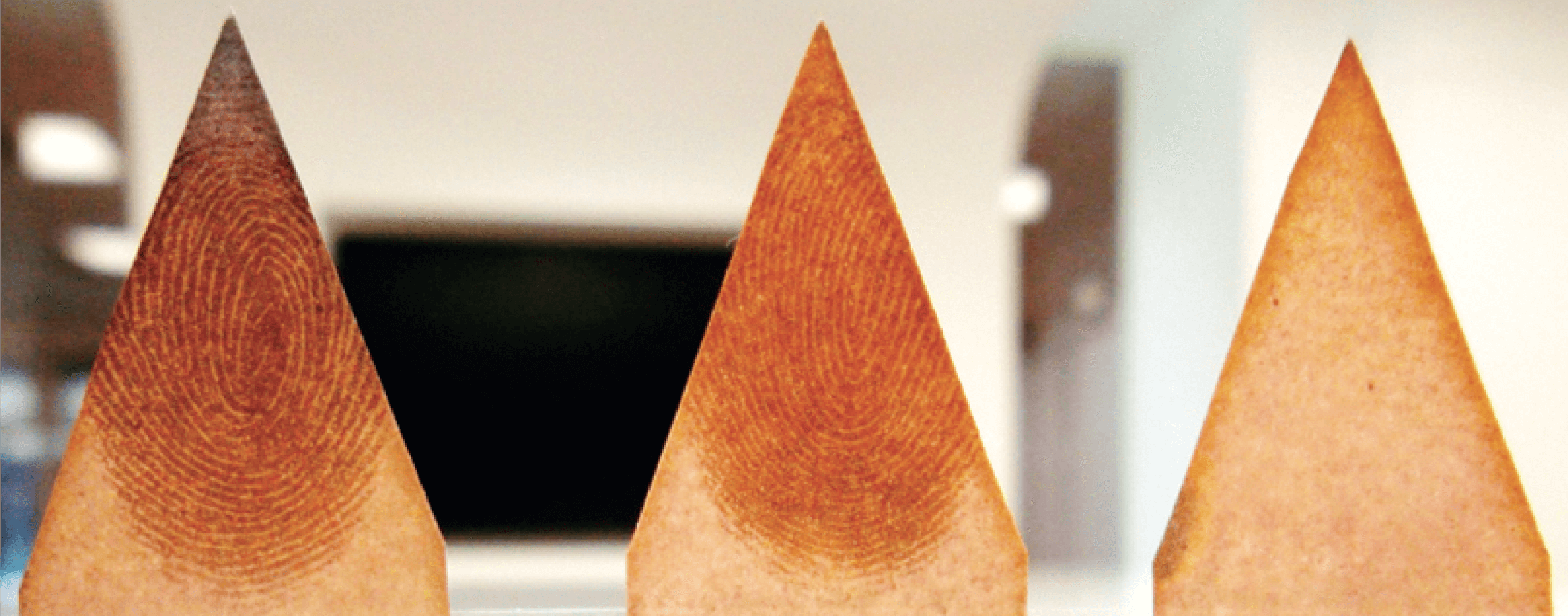Blood and urine are conventional matrices for drug testing, but both are biohazards – which has implications for storage and transport – and a potential invasion of privacy. “Fingerprint samples, on the other hand, are safe, easy to transport, and can be easily collected by non-medical staff,” says Catia Costa, investigator of a novel method that uses fingerprints to detect illicit drug use. Donor identity can be imbedded on the ridge of the sample to stop cheats, making it particularly useful in drug rehabilitation centers, jails, and probation services.
“We started by exploring a range of MS techniques: desorption electrospray ionization, matrix-assisted laser desorption ionization, liquid-extraction surface analysis, paper spray, and LC-MS,” says Costa. However, due to the “complex” nature of fingerprint samples (which compose sebaceous, eccrine and external contaminants), high-resolution MS (HRMS) was required to differentiate the sample components adequately. An extra layer of complication? The need to distinguish drug ingestion from environmental contamination.

Researchers set out to detect benzoylecgonine (a prominent cocaine metabolite) on fingerprint samples from non-drug users, patients admitted to a drug rehabilitation clinic testifying to use of cocaine in the last 24 hours, and volunteers who touched cocaine (seized by the Forensic Science Ireland) in controlled conditions for study purposes – before and after hand washing – using paper-spray HRMS. Oral fluid samples were also analyzed by LC-MS/MS to corroborate fingerprinting results.
The outcome? A method able to distinguish between cocaine ingestion and handling; benzoylecgonine could only be detected on the washed hands of individuals who had ingested cocaine. But the method is not without challenges. “The variable nature of fingerprints, and the differing secretion of this compound based on rates of secretion and pressure of contact between the finger and drug-testing matrix (triangular Whatman Grade 1 chromatography paper) complicates matters, especially in cases where quantitation is required” admits Costa.
Next? Testing therapeutic drugs to tackle treatment noncompliance – especially for leading killers, such as tuberculosis.





